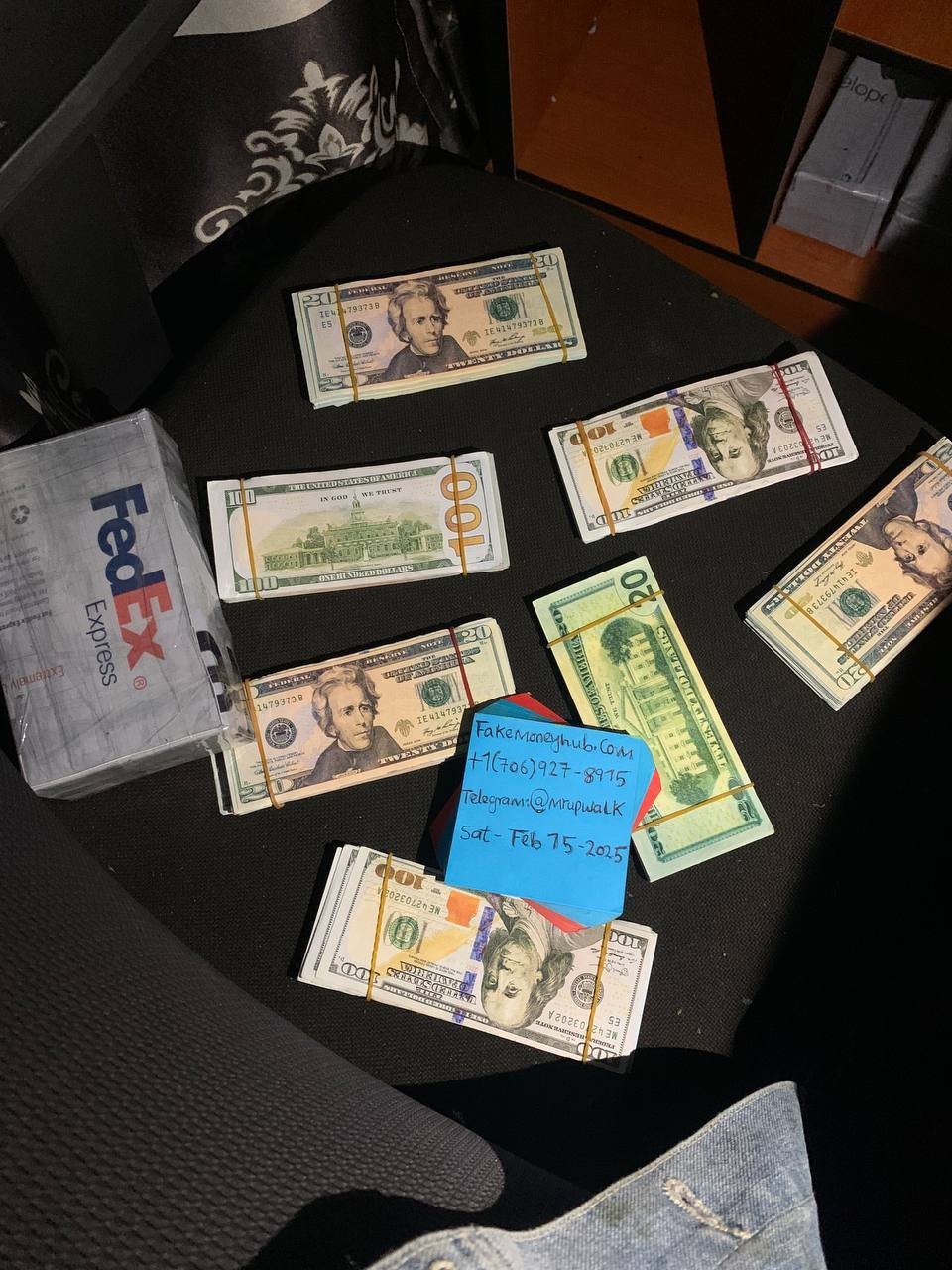Fake Money 100 Dollar Bill | 100 Dollar Bill Fake Money
Fake $100 Bills refers to fake currency that is deliberately produced to resemble legitimate money. The problem with counterfeit money is multifaceted and impacts both individuals and economies. Here’s a detailed breakdown of the issues:
1. Economic Impact
- Inflation: Counterfeiting increases the money supply without corresponding economic growth, leading to inflation. When more money is in circulation than the economy can support, the value of money drops, reducing purchasing power.
- Loss of Trust: A rise in Counterfeit 100 Bill can erode trust in a currency and financial institutions. People may start doubting the legitimacy of bills, making it harder for businesses and governments to conduct transactions efficiently.
- Market Distortion: Counterfeit money undermines legitimate businesses. If counterfeit money circulates, businesses suffer because they may unknowingly accept it. In turn, they might have to raise prices to account for losses, which hurts consumers.
2. Legal Consequences
- Criminal Activity: Counterfeiting is a crime punishable by severe penalties, including imprisonment and hefty fines. Counterfeiters can be involved in organized crime, and the process of producing fake currency often requires a complex operation.
- Forgery Laws: Producing counterfeit money is considered a federal crime in many countries (like the U.S. under the Secret Service’s jurisdiction). Even unknowingly accepting or distributing counterfeit money can lead to legal trouble.
3. Financial Losses for Individuals and Businesses
- Loss of Money: If individuals or businesses unknowingly accept
Counterfeit Old 100 Dollar Bill, they can lose the money when they try to deposit or use it at a bank or store. This can cause financial strain, especially for small businesses that deal with cash.
- Difficulty in Detection: Fake $100 Bills is often difficult to spot without careful inspection. With the increasing sophistication of counterfeiting techniques, it’s becoming harder to distinguish fake money from real money, especially when the counterfeiters use high-quality printers or advanced technology.
- Legal and Administrative Costs: When counterfeit money is circulated, banks, businesses, and law enforcement agencies need to spend significant resources identifying and tracking counterfeiters, leading to higher operating costs.
4. Impact on Financial Systems
- Banking Challenges: Banks face challenges in detecting Counterfeit Money 100 Bill and must implement complex systems to identify them. As a result, additional costs are incurred by financial institutions, and there is an increased burden on law enforcement to catch counterfeiters.
- Loss of Confidence in Payment Systems: The prevalence of counterfeit money can diminish confidence in not only cash transactions but also in other forms of currency such as digital or online payment methods. This can negatively affect financial markets.
Fake $100 Bills | $100 Counterfeit Bills For Sale
5. Security Threats
- Terrorism Financing: Counterfeit money can be used by criminal organizations, including terrorist groups, to finance illegal operations without detection. This poses a significant threat to national security.
- Money Laundering: Criminals may use counterfeit money as part of a money-laundering scheme. They might exchange counterfeit bills for legitimate currency to clean their illicit proceeds.
- Fake $100 Bills | Counterfeit $100 Bills For Sale
6. Challenges in Detection and Prevention
- Sophisticated Technology: Advances in printing technology make it easier for counterfeiters to produce Fake $100 Bill that closely mimics the real thing. For example, digital printing and counterfeiting software can replicate detailed elements of a banknote, such as watermarks, holograms, and microprinting.
- Lack of Awareness: Many people don’t know how to properly check for counterfeit money, leading to widespread acceptance of fake bills. While some currencies have security features like UV markings or color-shifting inks, not everyone is aware of how to check them effectively.
- High Cost of Prevention: Counterfeiting prevention technologies, such as special paper, security threads, and advanced holograms, are expensive to implement. This creates a trade-off between the cost of currency production and the need for secure, counterfeit-resistant bills.
7. Solutions and Measures
- Improved Security Features: Currency designers are constantly updating the security features of banknotes to stay ahead of counterfeiters. This includes things like holographic images, watermarks, raised printing, and security threads that are hard to reproduce.
- Public Education: Governments and financial institutions often run awareness campaigns to educate people on how to identify Old 100 Dollar Bill Fake and how to avoid becoming a victim of counterfeit transactions.
- Technological Innovations: New technologies such as UV scanners, color readers, and digital identification systems are being employed by banks and businesses to detect fake currency more easily.
In summary, counterfeit money is a significant problem because it impacts the economy, legal systems, individual finances, and the trust people have in currency. Efforts to combat counterfeiting are ongoing, but it remains a persistent threat due to evolving counterfeiting techniques and the need for continuous innovation in security measures.





